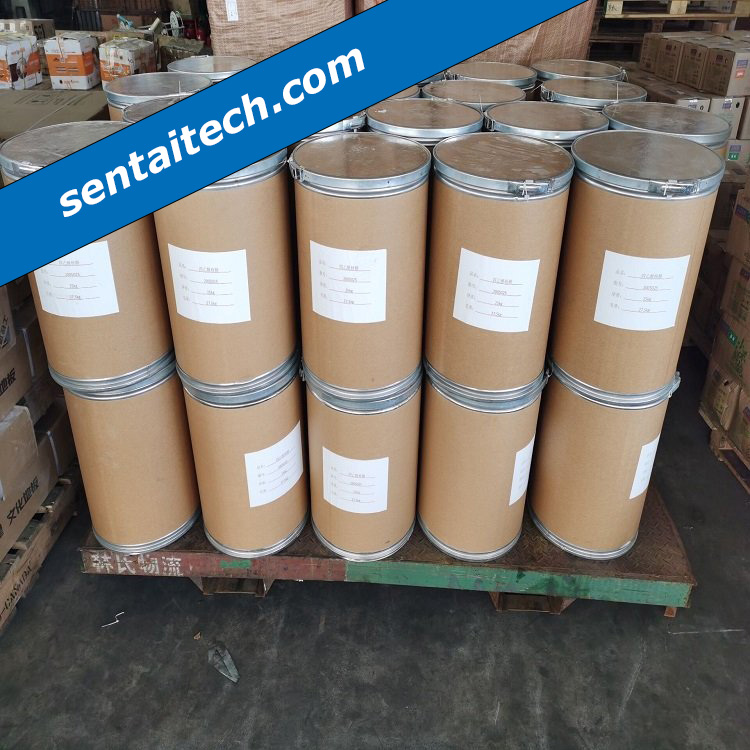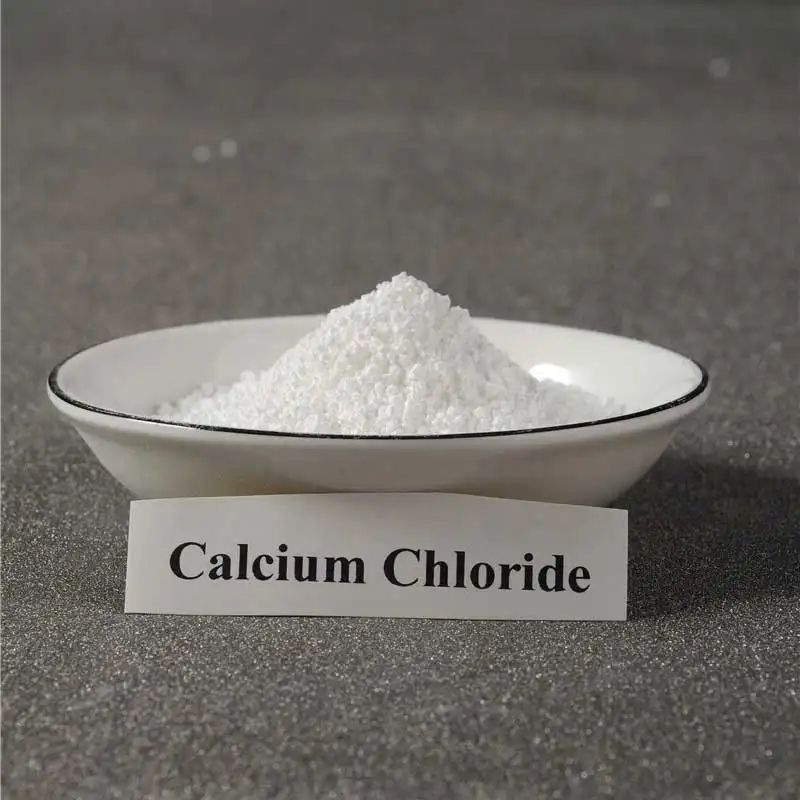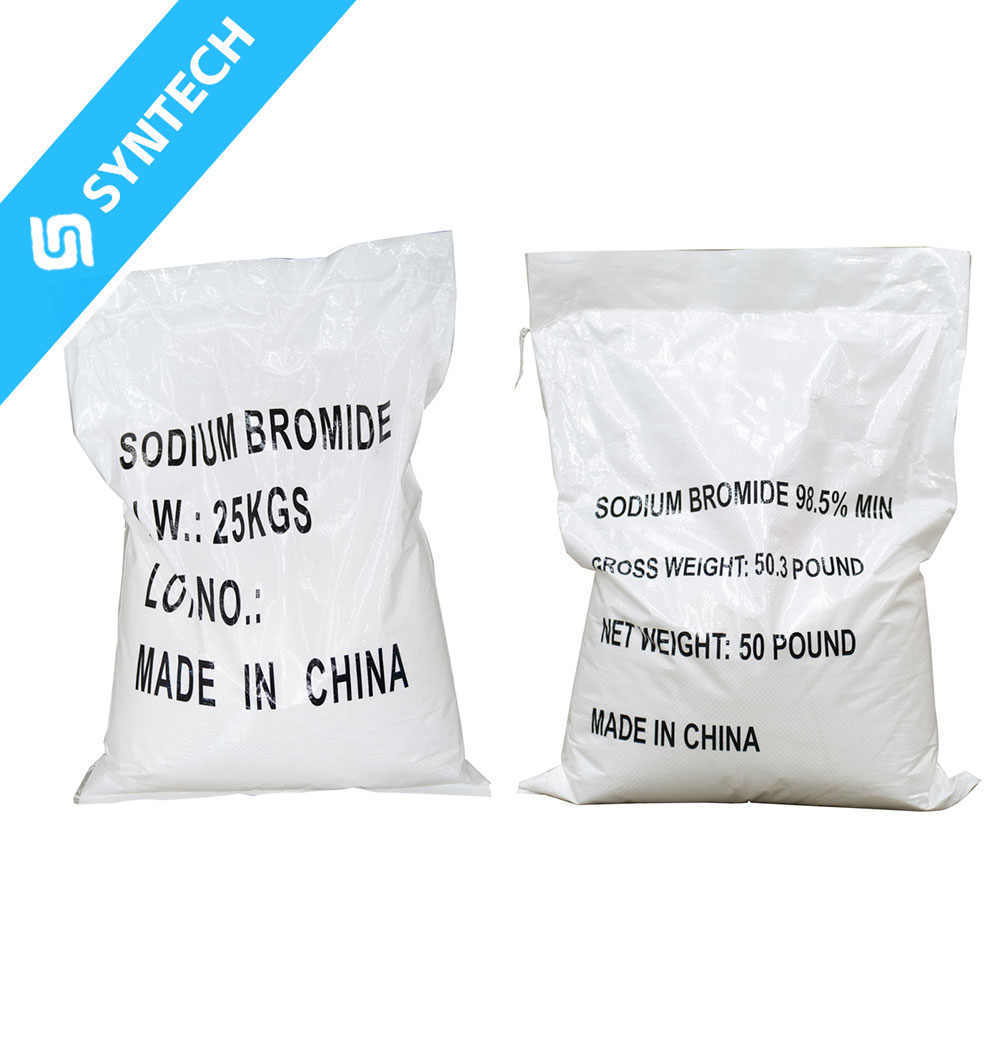Sodium Methallyl Sulfonate (SMAS)
Chemical Formula: C₄H₇NaO₃S
CAS NO.: 1561-92-8
IUPAC Name: Sodium 2-methyl-2-propene-1-sulfonate
Structure: CH₂=C(CH₃)CH₂SO₃Na
1. Key Properties
- Physical Appearance: White crystalline powder, highly hygroscopic.
- Solubility: Freely soluble in water; forms a weakly alkaline solution.
- Reactivity: Contains a reactive vinyl group (polymerizable) and a sulfonate group (ionic/hydrophilic).
- Stability: Resistant to high temperatures, hydrolysis, and harsh chemical conditions.
2. Synthesis
SMAS is typically synthesized via the sulfonation of methallyl chloride:
Methallyl Chloride (CH₂=C(CH₃)CH₂Cl) + Sodium Sulfite (Na₂SO₃) → SMAS
The reaction requires controlled temperature and pH to maximize yield.
3. Applications
- Polymer Industry:
- Copolymerization monomer for acrylic fibers, styrene, and acrylate resins to enhance dyeability, antistatic properties, and thermal resistance.
- Used in high-performance fibers (e.g., modified polyacrylonitrile).
- Water Treatment:
- Scale inhibitor and dispersant for Ca²⁺/Mg²⁺ in cooling/boiler systems.
- Oilfield Chemicals:
- Additive in drilling fluids and EOR (Enhanced Oil Recovery) for salt/heat resistance.
- Other Uses:
- Electroplating additives, paper strengthening agents, and coatings modification.
4. Advantages
- High hydrophilicity: Sulfonate group improves water solubility and ionic conductivity.
- Polymer versatility: Easily copolymerizes with acrylamide, acrylic acid, etc.
- Robust performance: Stable under extreme pH/temperature conditions.
5. Safety & Handling
- Toxicity: Low toxicity but may irritate eyes/skin (use PPE).
- Storage: Keep sealed in dry, cool conditions to prevent moisture absorption.
6. Related Compounds
- Analogues: Sodium Allyl Sulfonate (SAS), 2-Acrylamido-2-methylpropanesulfonic acid (AMPS).
- Differentiator: SMAS’s methyl group lowers steric hindrance, enhancing reactivity.
SMAS is a critical monomer in functional polymers and industrial chemistry due to its dual functionality (vinyl + sulfonate). For technical specifications (e.g., polymerization kinetics), refer to supplier MSDS or chemical databases like PubChem.








